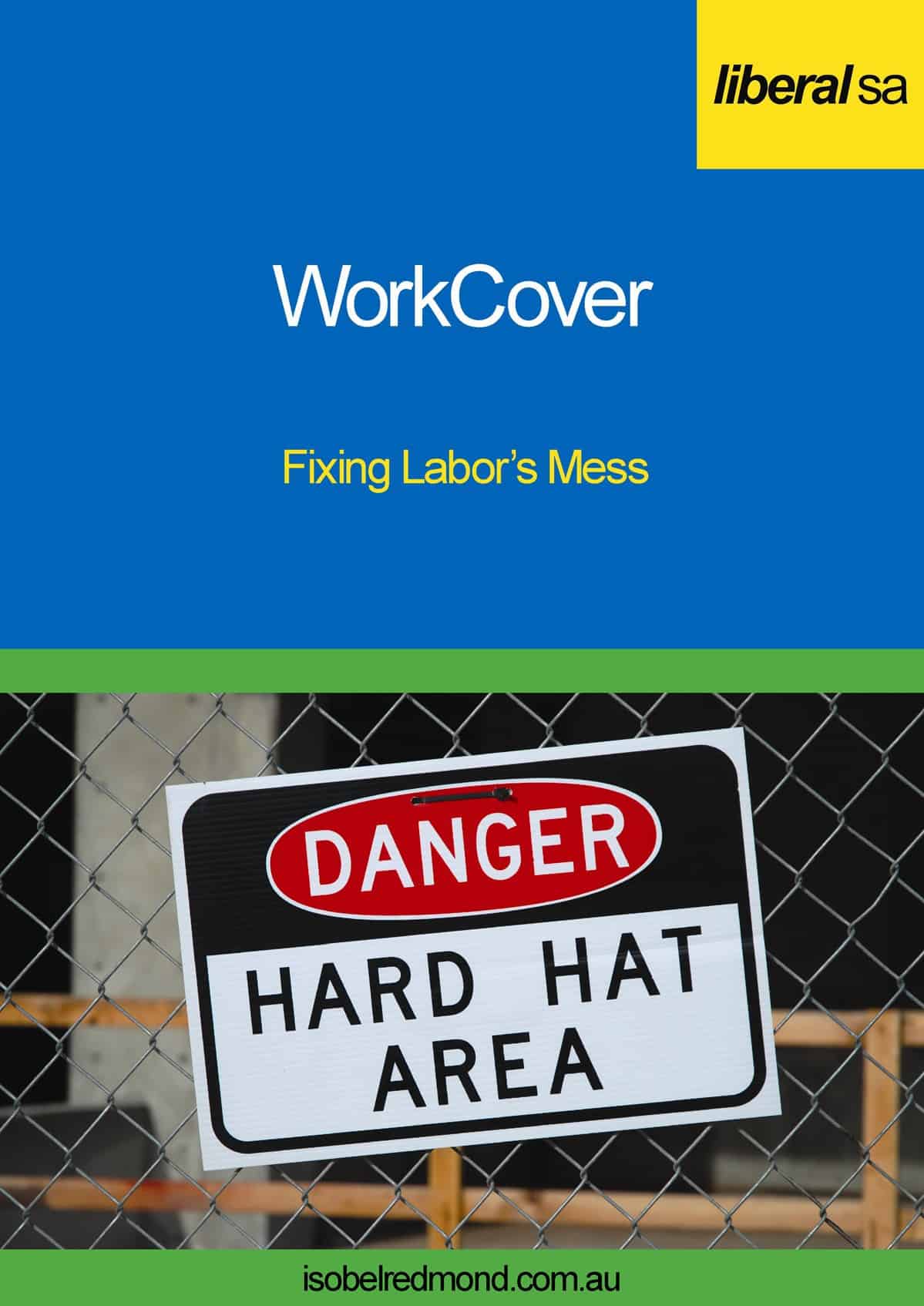An independent member of the South Australian Parliament, Ann Bressington, has revealed that some injured workers in South Australia are receiving food parcels because their income is so low that they are living on bread and instant soup.
In a media statement released on 2 March 2010 (not yet available online), Bressington said
“Rosemary McKenzie-Ferguson and I have both found ourselves in the position of having to provide food to injured workers because some were living on nothing more than dry bread and packet soups and unable to afford their medications. It is a sad indictment of our government’s commitment to its constituents when sick, injured and vulnerable people are forced into this position….they have been thrown out in the cold and literally left to starve”. (link added)
The media statement was issued in support of the 10th WorkCover Public Forum scheduled for 4 March 2010 in the Way Hall, 10 Pitt St, Adelaide.
Bressington and McKenzie-Ferguson recently commented on WorkCover issues in SafetyAtWorkBlog.

 The issue of quad-bike safety continues to be controversial in Australia. This debate is not helped by inconsistent safety messages on television. Many of the news bulletins in Australia on 2 March 2010 showed the Leader of the Opposition,
The issue of quad-bike safety continues to be controversial in Australia. This debate is not helped by inconsistent safety messages on television. Many of the news bulletins in Australia on 2 March 2010 showed the Leader of the Opposition, 
